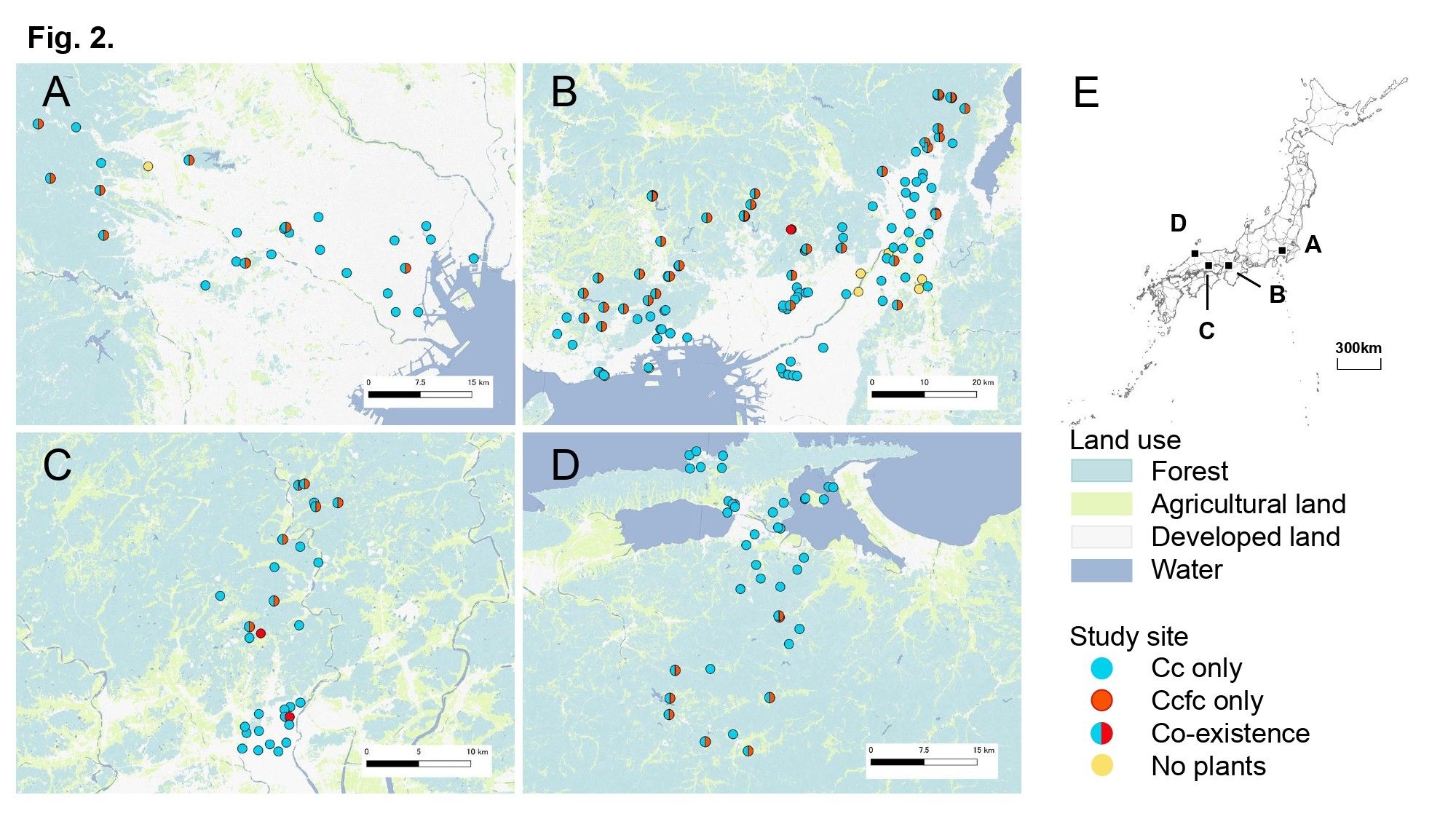
AO
Annals of Botany
@annbot.bsky.social
Bluesky feed for Annals of Botany articles.
317 followers14 following705 posts
Cc (2n = 88) and Ccfc (2n = 46) were studied across 218 sites in Japan. In urban areas, only Cc was found, while rural areas saw the coexistence of both taxa. This suggests that genome changes like polyploidy influence plant distribution. (3/8)

Cc, a tetraploid, had larger but fewer stomata compared to diploid Ccfc. Larger stomata could be a factor in Cc’s better adaptation to urban stressors like pollution and heat. (4/8)


AO
Annals of Botany
@annbot.bsky.social
Bluesky feed for Annals of Botany articles.
317 followers14 following705 posts